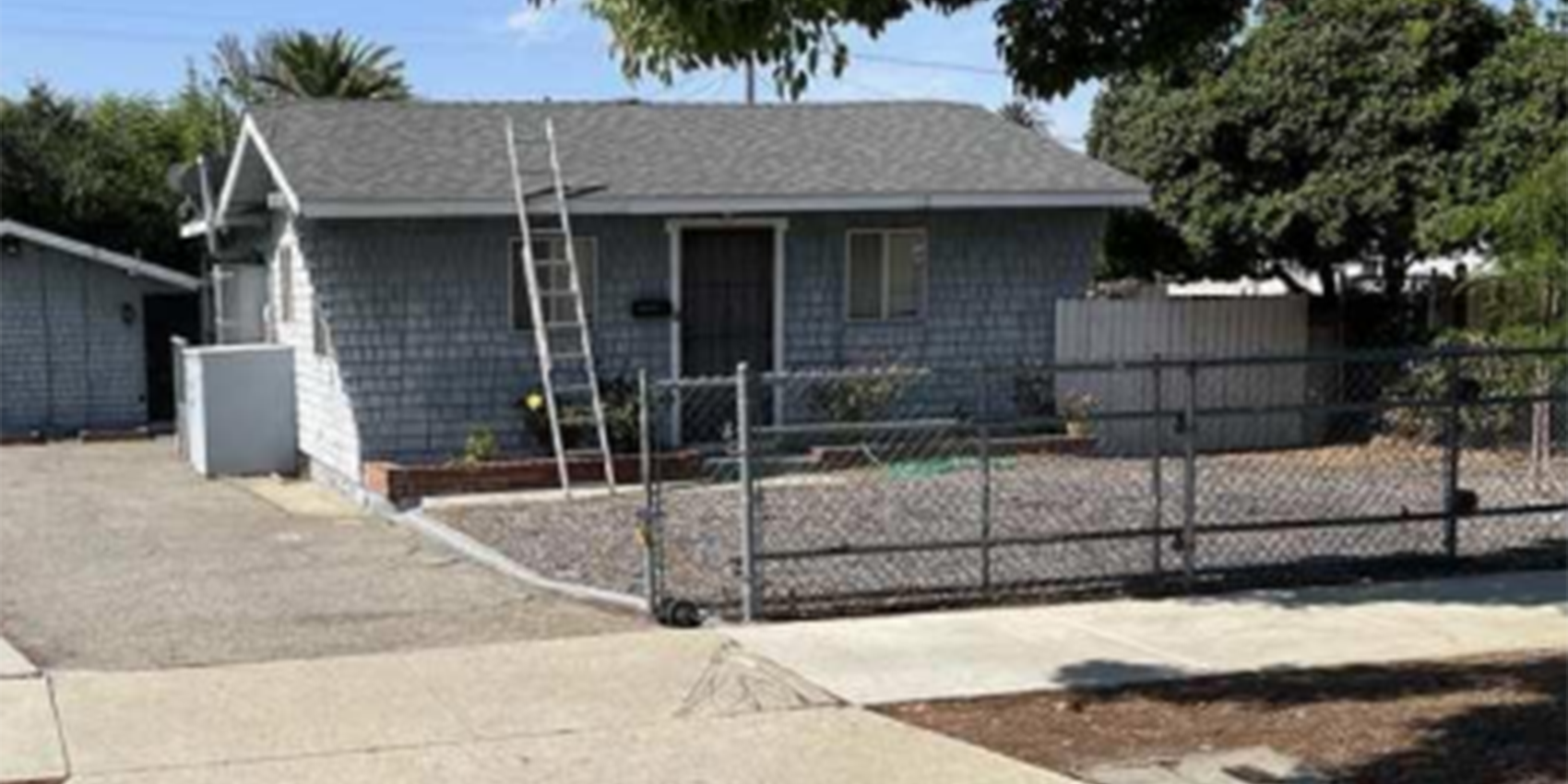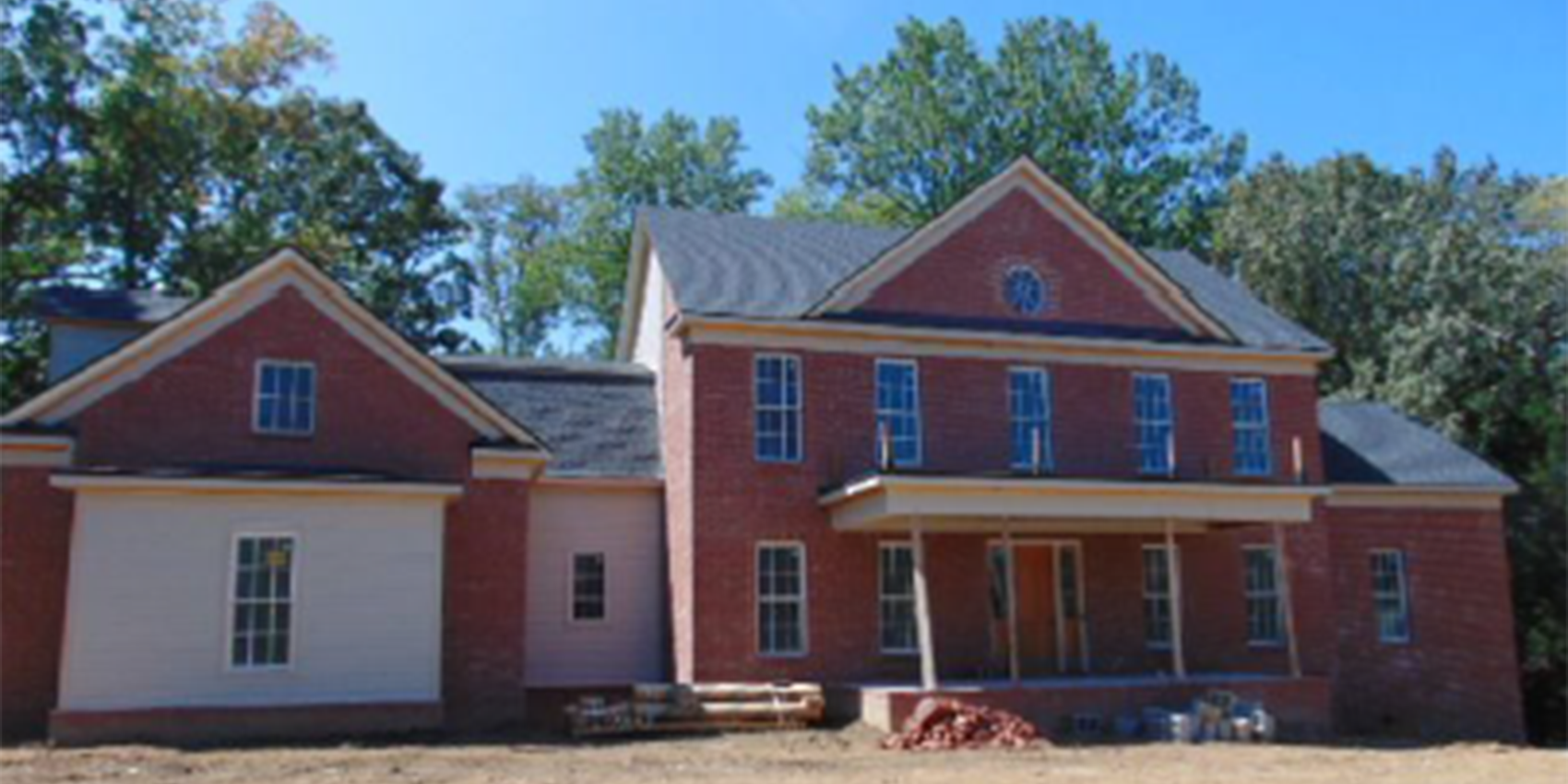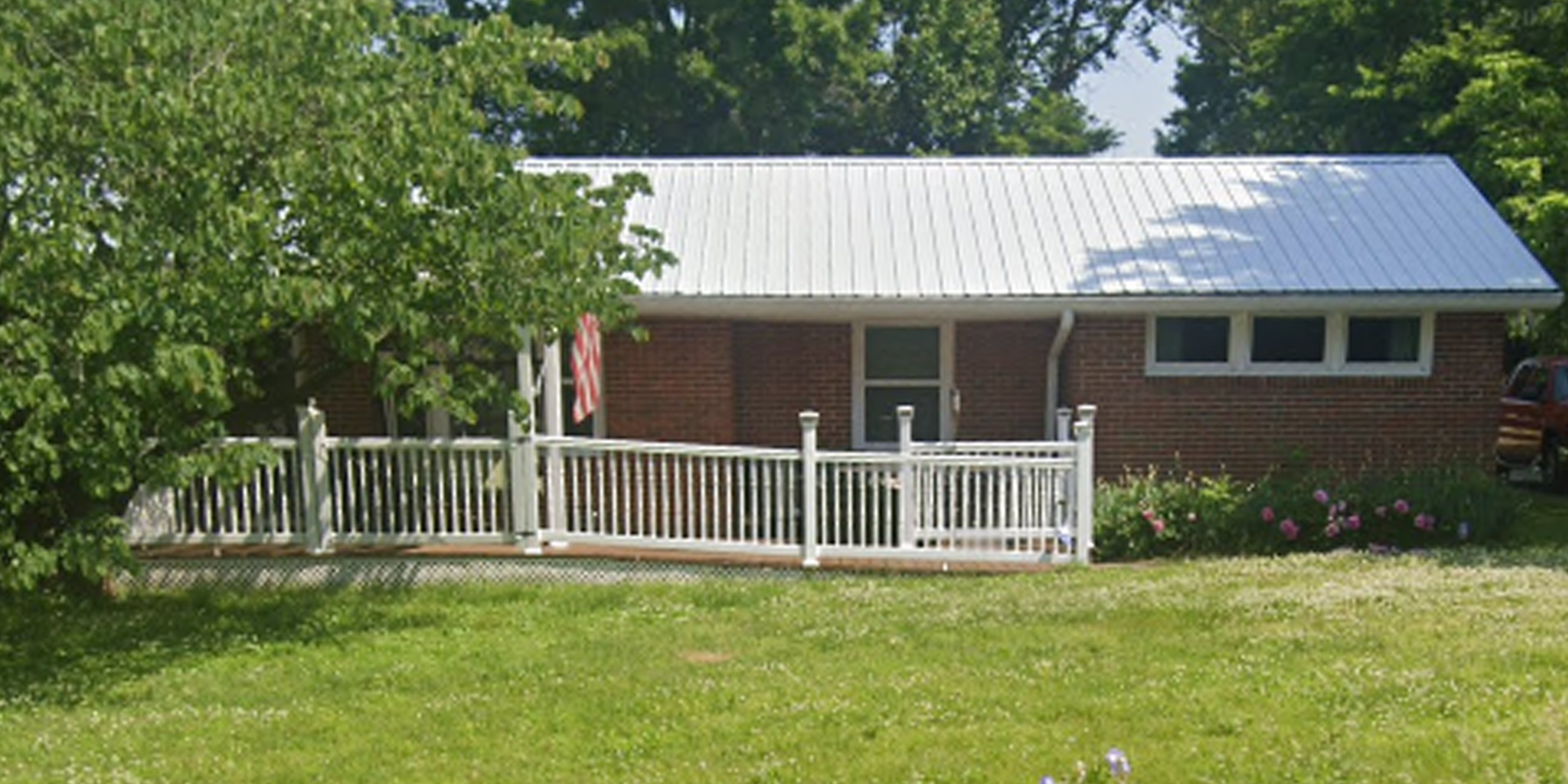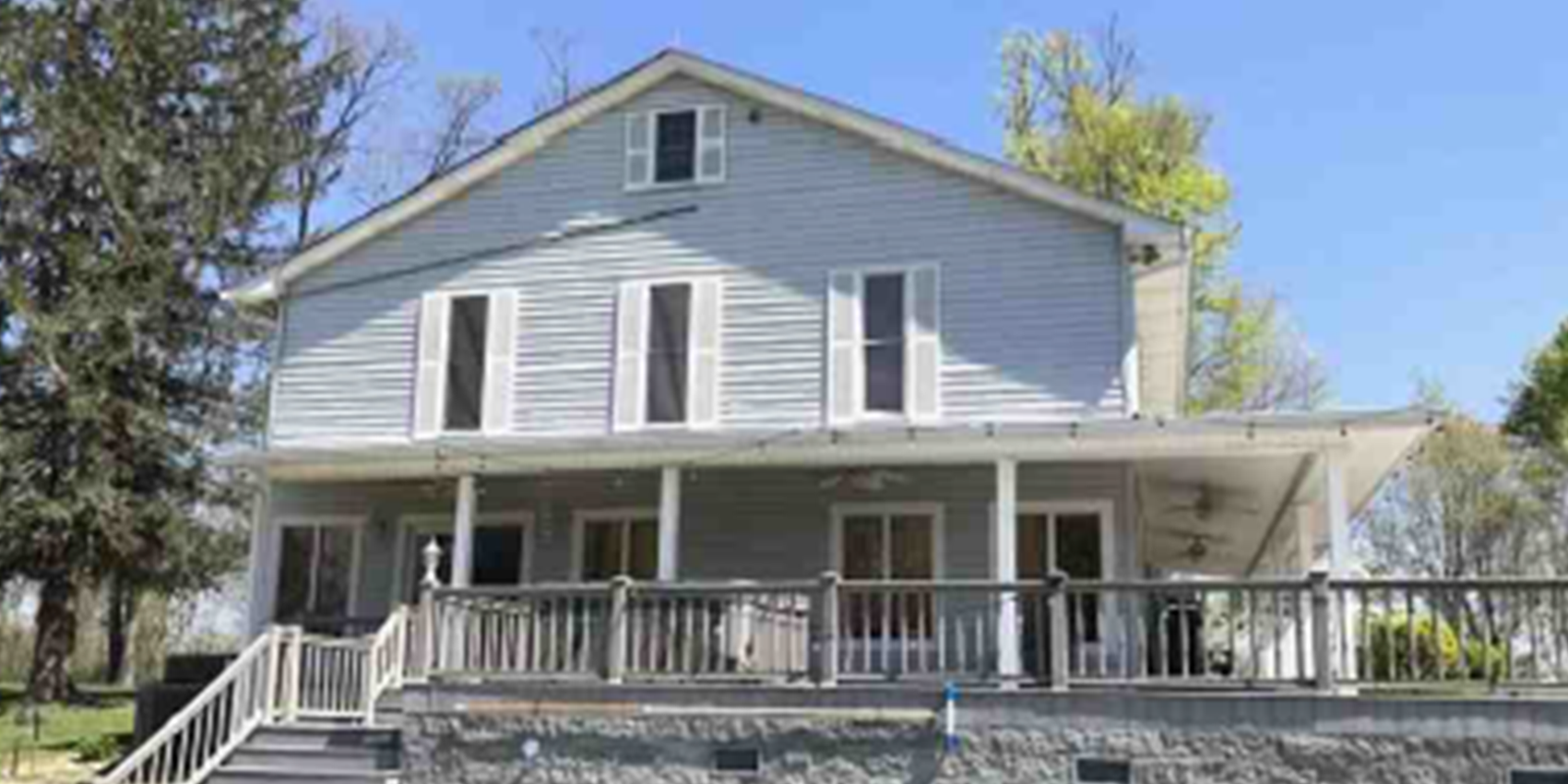Smart technology began with phones (or maybe cameras—or maybe phones with cameras). It didn’t take long for that intelligence to travel to cars, then to appliances, then homes, and finally to buildings. Now the leap is being made to cities, where the entire urban population is “smart,” efficient and interconnected.
The infrastructure has been building for several years with Wi-Fi becoming more widely available, making it easier to consume technology on a daily basis. Smart technology also helps city planners and managers get more out of the assets they have in place so they are able to collect and analyze real-time data and improve the quality of life for their residents.

The “Internet of Things” (IoT) allows these devices to communicate with one another through the Internet and allows cities to harness the vast array of information into a manageable form. For instance, controlling traffic lights for better response times of first responders or identify water leaks or unusual consumption.
In fact, planners predict that utilizing the data available a smart city could shorten average commute times by 20%; lower health disease burden by 15%; save as much as 20 gallon of water per person per day; or boost employment by 3%. Smart technology could lower arrival times of first responders by 17 minutes. In a city with a population of 5 million that could save an additional 30-300 lives per year and lower crime by as much as 10%. These are real benefits to residents that make “going smart” worthwhile.
Many cities have an ongoing (and growing) concern with the housing shortage. Smart technology has an answer for that: digitized land-use and permitting processes which saves time, frustration and money, allowing developers to provide homes more quickly at a reasonable cost. Such a process could also speed up the process for commercial buildings, health care facilities and multi-family homes.

Some predictions indicate that investments in smart cities will reach $158 billion by 2022 and that by 2023, about 50% of large cities will deploy some form of crowdsourcing information to gather pertinent data. Right now, Toyota is planning to build a prototype “future city” completely interconnected by Wi-Fi in Japan on 175 acres at the base of Mt. Fiji. It will be the home of full-time residents and researchers who will develop and implement technologies such as autonomous cars, robotics and artificial intelligence. Some of the cities in the forefront of going smart include Amsterdam, New York, Seoul, Singapore, and Stockholm, while cities in Africa, India and Latin America tend to lag behind. Asian cities are, right now, the strongest users of smart technology.
But at what cost? Naysayers caution that people who are not technologically savvy, or those for whom technology just isn’t important will be left behind. They also issue cautions over privacy issues, especially when a high percentage of the technology is used for fixed visual surveillance and facial recognition.

As we hurdle into the future, will there be traffic, since autonomous cars and streetlight networks will take care of all that? Will our apartment complex recognize us and open the gate as we approach? Will we be able to administer more self-care health at home with a doctor on the monitor? Will we be more connected with our neighbors, or less? Will workplaces look the same? Will we still get coffee from baristas? Some questions are better left to theorists! However, creating Wi-Fi for everyone (Like the new Raiders stadium in Las Vegas), should help a lot, right?
In the meantime, developers and construction companies move forward, building the future right before our eyes!






